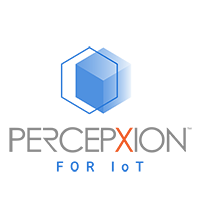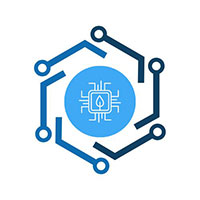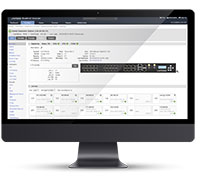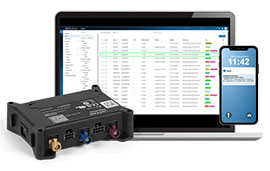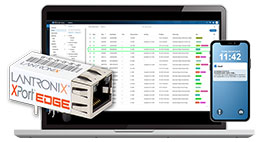
Webinar Recap: Bringing IoT and Employees to the Office
 The number of IoT-connected devices is set to grow 12% each year to 125 billion devices by 2030. That number isn’t just coming from individual users but also the expansion of smart infrastructure applications, including offices, retail, transportation, and multi-tenant buildings.
The number of IoT-connected devices is set to grow 12% each year to 125 billion devices by 2030. That number isn’t just coming from individual users but also the expansion of smart infrastructure applications, including offices, retail, transportation, and multi-tenant buildings.
On the topic of offices: While many are still closed, employers are beginning to think about how the office should operate once it is safer to do so. A large part of that decision process is employee attitudes on flexible work location due to the COVID-19 pandemic: According to a survey by JLL, “72% of employees want to continue working from home post-crisis, and a majority want to do so an average of 2 days a week.” What can employers do to create the right environment that will bring employees back into the office?
This is one of many questions answered last week when Igor invited me to speak at their panel, “Smart Offices with IoT Technology.” Along with Igor and Walsh PoE, we discussed how the IoT-connected devices using Power over Ethernet could make office spaces smarter, healthier, and more productive.
If you’re considering making a move to a smart office, here are four takeaways from the webinar to get you started:
- Employee safety and control is paramount
- Figure out what the owner wants
- Smart lights are just the beginning
- Choose trusted partners
Employee Safety and Control is Paramount
Our discussion began with how companies can bring employees back into the office, and my answer was, “The only way to get employees back is to make them feel safer within that environment.” I then discussed multiple scenarios where IoT-connected devices can provide that assurance so employees can focus on their job. It also signals that by implementing IoT technology, the employer is committed to creating a safe office environment.
With the comforts of home, John Jung, Project Manager at Walsh PoE, believes IoT is a way to allow employees to customize aspects of their workspace as they can at home. He mentions lights as an example: “The beauty of a smart lighting system is that every employee can change their own experience with color tuning or the dim of their fixture.”
Figure Out What the Owner Wants
Where you see value in a smart office, the final decision maker may not. How do you get them on your side?
The great news about smart offices is that there are incentives for everyone in this situation. You just need to find the right one and show how IoT technology can achieve their goal, says Cheyo Rogers, Director of Business Development at Igor. “Maybe they have certain initiatives they are looking to target. A lot of owners today are looking for more sustainability.”
Smart Lights are Just the Beginning.
While many employers may begin their foray into the smart office via lights, we all agreed there are plenty of IoT-connected devices that will provide immense value to employers and employees. If you already have the network set up, it is easy to continue adding more devices, but lights are a great start.
Choose Trusted Partners
When asked what makes for a successful execution of an intelligent office, my advice is that you want to work with others who have solid relationships with other vendors. It is imperative to make sure you work with vendors who know the ins and outs of all the components to execute a smart office, including the technology and hardware they don’t provide. This will ensure a project is done on time and adheres to local regulations.
This was just a snippet of the great conversation we had with Igor and Walsh PoE. There’s, even more to learn about this important topic as you put together your smart office plan or wonder if it might be the right course for your office space. Watch the entire webinar on the benefits of IoT and expert advice from our panel.
Check out the Webinar On-Demand

